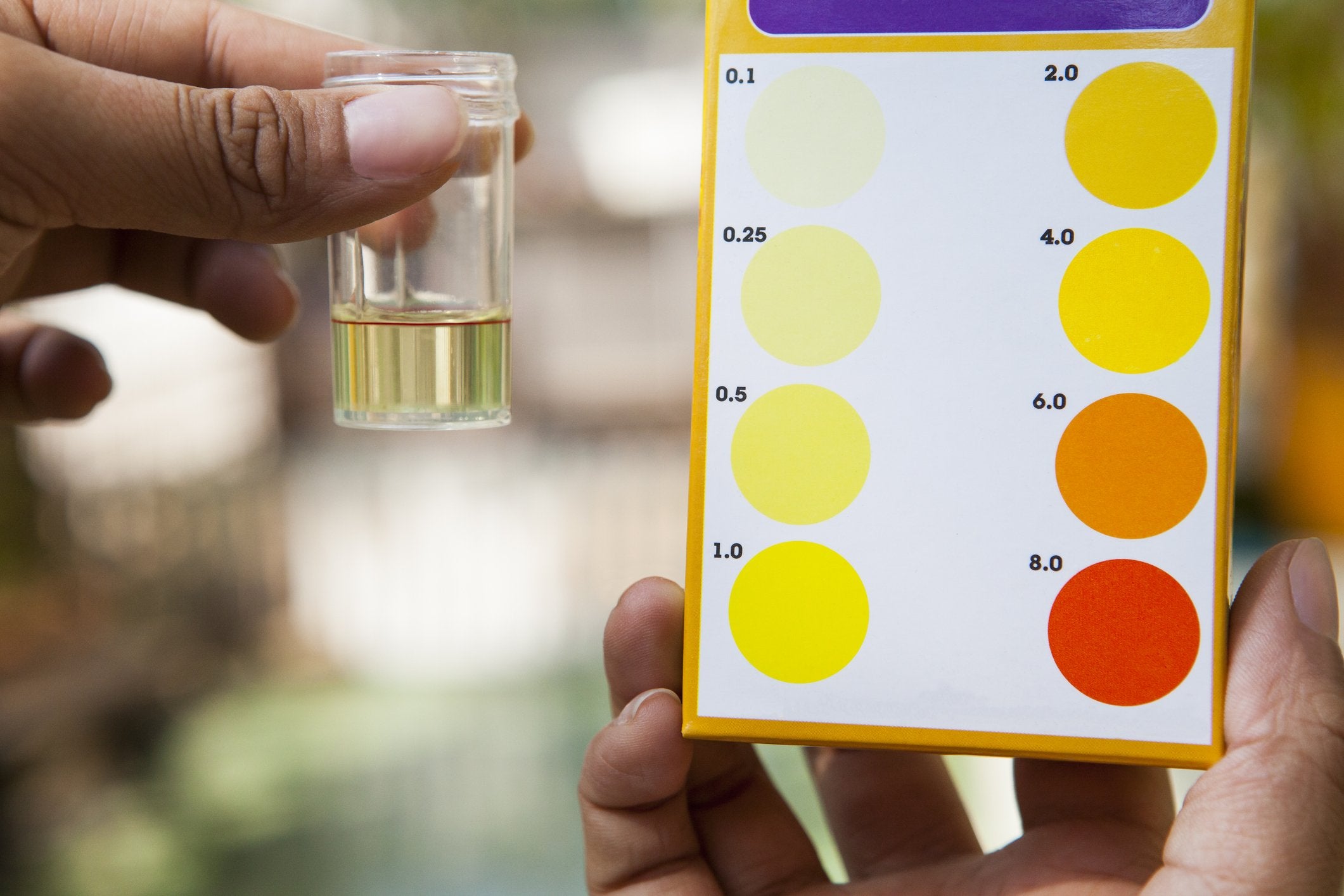
Why Drinking Water Is Chlorinated
During the course of history, millions of people have been killed by drinking water that was contaminated with bacteria, viruses, or protozoans. Several very nasty diseases are transmissible by water, including cholera, E. coli infections, amoebiasis, giardiasis, typhoid fever, and legionellosis.
During the 19th Century, repeated cholera epidemics, many starting in India then spreading nearly worldwide caused approximately 40 million people to die. These deaths were due, basically, to drinking water that had been contaminated with human feces. Sadly, for an extended period, the connection between the disease and the water supply was not made, resulting in people repeatedly drinking the same water that was killing their families and neighbors.
It wasn’t until 1854 when there was an outbreak of cholera in London that Dr. John Snow finally understood that cholera was transmitted through water. Sewage from cesspools in cellars contaminated local water supplies, and water from the Thames, which had received the contents of cesspools, was also delivered to homes for their drinking water supply. This epidemic did prompt the authorities to work out safe ways to dispose of human waste.
The early 20th Century saw health officials searching for a means to purify water on a large scale, and it was found that chlorine would do this. Chlorinated water does provide a way for large numbers of people to drink water that would otherwise make them very ill. Chlorine kills bacteria, viruses, and many other pathogens; however, it does present some problems of its own.
The Trouble with Chlorine and What to Do About It
Although chlorinated water has undoubtedly saved millions upon millions of lives over the years, this may not be the best, or only, solution to providing safe drinking water. Chlorine in water can cause problems not only when used for drinking or cooking, but also when released as a gas during a shower, bath, or when washing dishes or clothing. Chlorine is absorbed not only through the digestive system but also through the lungs and skin.
Chlorine in water has been linked not only to cancers of the colon or bladder but also to the increase in cardiovascular disease and senile dementia. The increased incidence of allergies and asthma can also be traced back to chlorine. Some city water systems, both in the United States and Europe, are now using ozone to clean the water.
If you are concerned about possible chlorine contamination of your family and home, there are several very reliable water filters available to remove chlorine from your water. These can be attached right to the taps to provide pure water when you need it, and there are also shower and bath filters that will take chlorine out of the water to help prevent chlorine gas from entering the home. Shower filters will be attached directly to the water pipe, while bath chlorine filters can either be hung below the faucet or swished through the bath water itself.


Share:
Nitrates in Drinking Water
Is Municipal Water Safe to Drink?